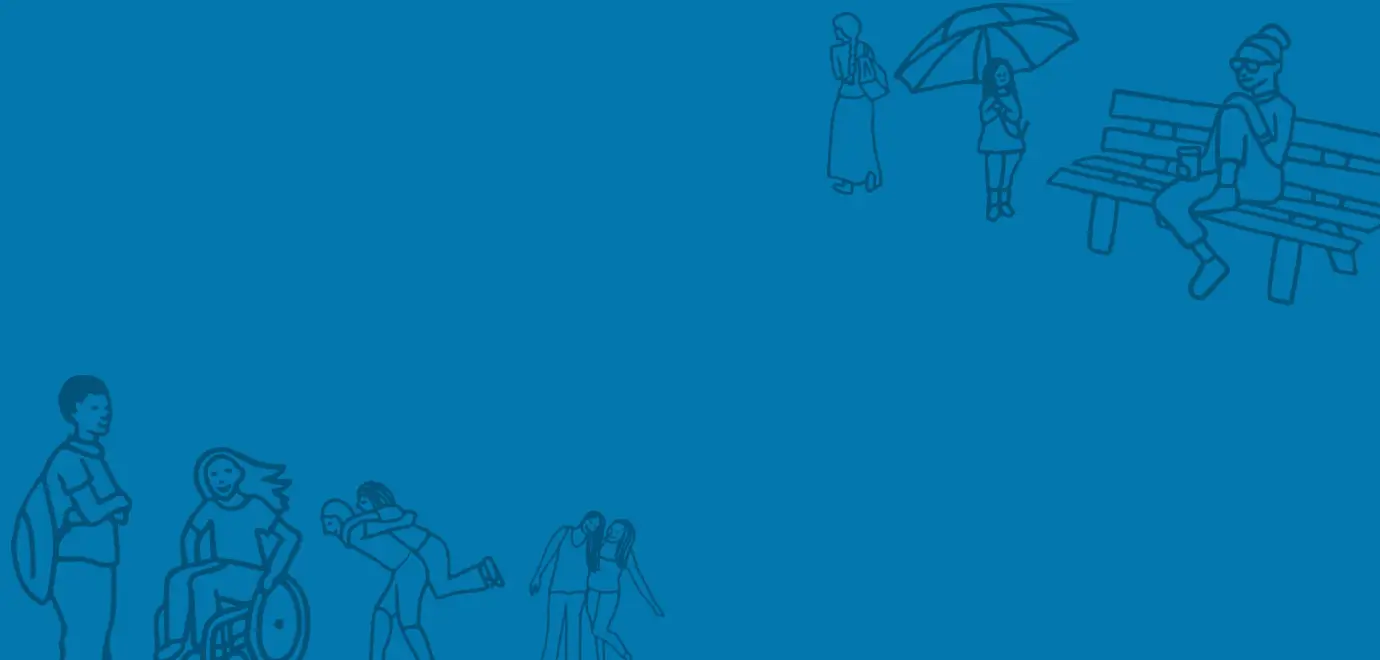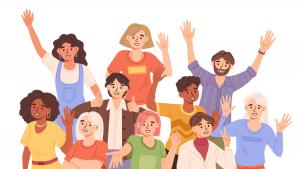This guest blog for the Children’s Commissioner’s office was written by Dawn Dance, a researcher at the University of Birmingham, and an educational and child psychologist.
In 2022, I published my doctoral thesis on girls who experience exclusionary practices in their school and are moved to state-funded alternative provision settings, or ‘AP’ for short.
APs are settings which provide alternative education to pupils who have undergone an exclusionary practice at their original mainstream school: usually they have been placed in AP short-term in order to improve their behaviour; or they have been permanently excluded by their original school.
Boys make up the majority of children in AP – over two-thirds – and this has led to little research on the girls in these settings. Having observed an increase in the number of girls being excluded from mainstream schools, I began my research, covering both a literature review of existing knowledge, and interviews with four girls who had been placed in AP.
At the outset I realised there was little existing research on the underlying factors which lead to the exclusion of girls, and the preventative strategies – which would help support this population – remain largely unexplored.
Statistics published by the Department for Education show that suspensions for girls are currently at an all-time high, with 2.05% of girls experiencing at least one temporary suspension in 2021/22. This is a marked increase from 1.34% in 2020/21, and is the highest the rate has been since its previous peak of 1.62% 15 years prior in 2006/07.
Of the exclusionary practices at their schools which led to girls being placed in AP, including the girls I interviewed, the most concerning was ‘managed moves’. These moves are not defined in legislation and so have no data available. During a managed move, the girls were placed by their school in AP, often with a view to keep them there on a permanent basis, although this was not communicated to them or their families.
This was without genuine informed consent from the girls or their families and allowed schools in practice to permanently exclude a pupil without the reputational damage or paperwork of actually doing so.
For the girls in my research, there were a number of ‘red flags’ that should have directed professionals to ask questions and to seek external help to support the girls’ wellbeing, as is expected of schools as per DfE guidance.
This guidance is clear that placing young people out of their mainstream school should only be done when ‘all other interventions have failed’.
While these girls did find the support they needed in AP – such as support from external professionals and access to consistently available adults – they should have received this support while remaining at their mainstream school. Had such support been available, it would have helped the girls to develop an increased sense of school belonging through supportive adult relationships. Existing research suggests that this is a factor in positive mental health and engagement with learning.
The support that these girls found in AP has nonetheless been a real help to them. While the girls were worried about being stigmatized, and while staying in mainstream education should always be the goal, for the girls AP provided a chance to change the trajectory of their experiences of education.
The girls’ stories portray their schools as neglecting to consider whether special educational needs underpinned their presenting behaviours and, while it appears that the schools had been unsuccessful in supporting the girls in this research to remain in mainstream education, the schools themselves are constrained by external systems. The government guidance that schools rely on to formulate their responses to poor behaviour can seem contradictory, with the expectation to simultaneously manage behaviour while at the same time considering the needs of the young person.
Although AP is generally viewed as a poor alternative to mainstream education, many young people who attend have positive things to report about them. This ranges from feelings of acceptance, having someone they can talk to, and most importantly for the young people, someone who listens to them.
AP has been the place, albeit not perfect nor part of their plan, which has enabled the girls to achieve at their own pace and identify future career paths. It’s been a place where they have been able to develop self-belief and dream again.
For more about alternative provision and how it could better support children to thrive, see our report What children need from an integrated alternative provision system.






